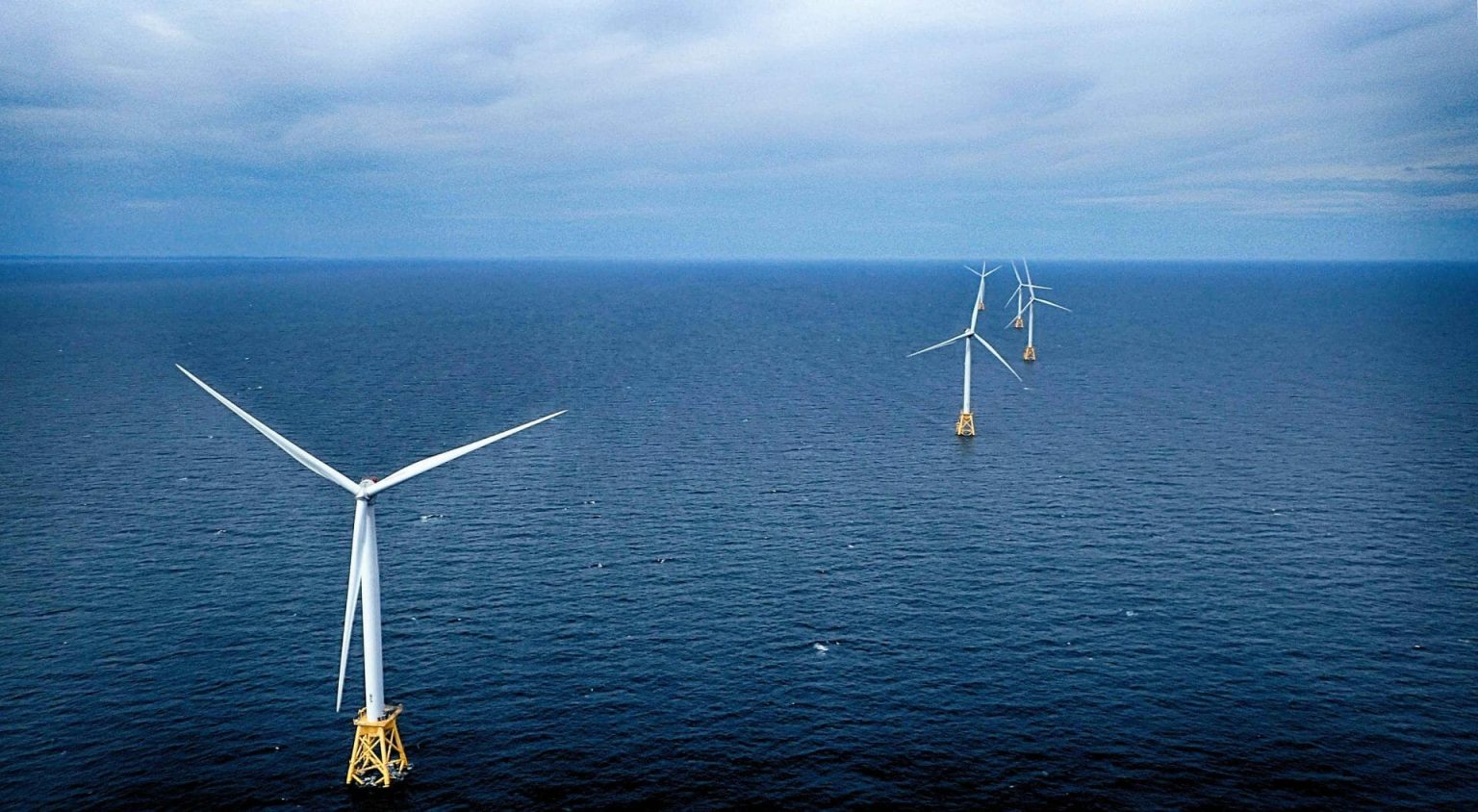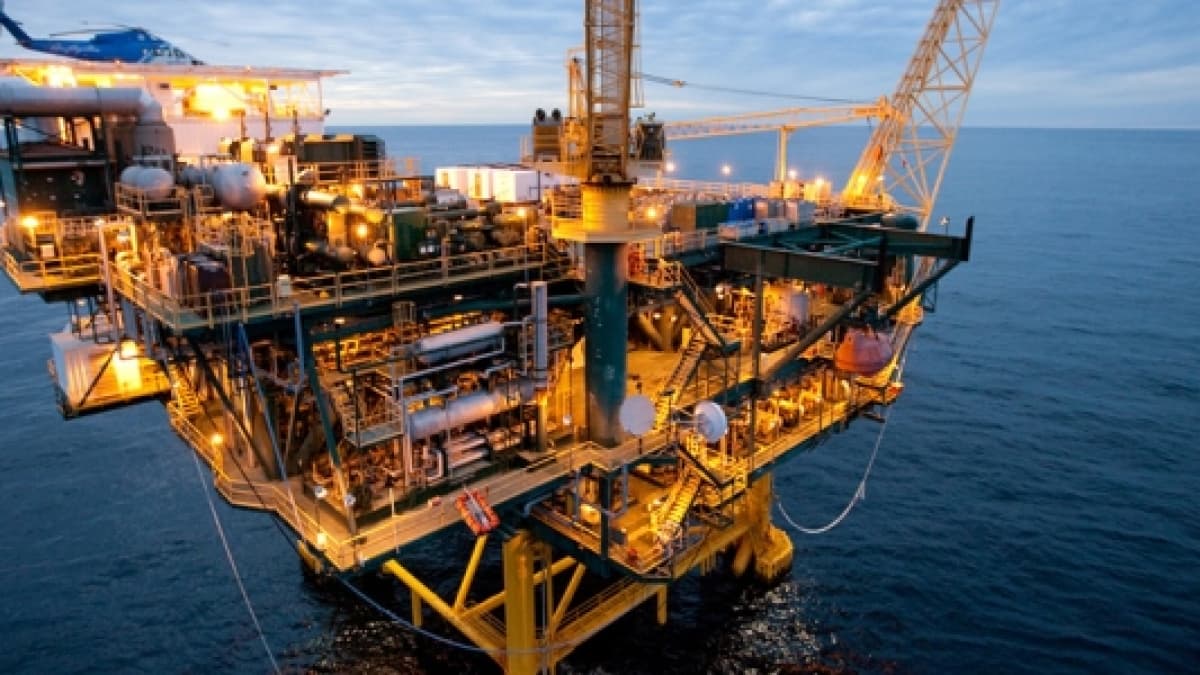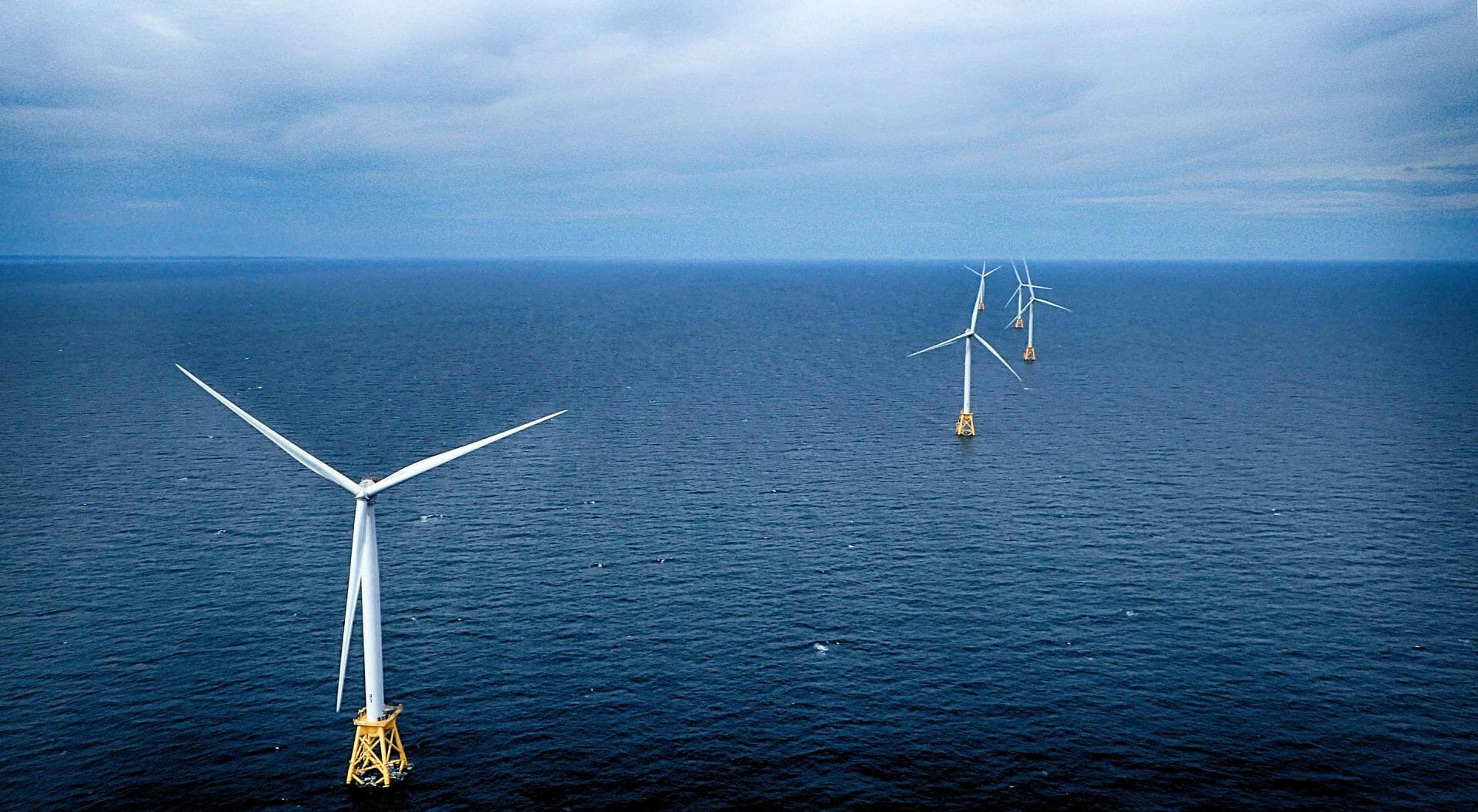U.S. to Hold First-Ever Gulf of Mexico Offshore Wind Energy Auction

The United States is set to achieve a significant milestone in its efforts to boost clean energy as the Department of the Interior announced Thursday the first offshore wind power auction in the Gulf of Mexico. The auction is part of President Joe Biden’s agenda to combat climate change driven by fossil fuels and expand the use of renewable energy sources.
The offshore wind lease sale is scheduled to take place on August 29, 2023, and it will offer companies the opportunity to bid on the right to develop approximately 3.7 gigawatts (GW) of offshore wind energy. The auctioned lease areas, located offshore Lake Charles, Louisiana, and Galveston, Texas, have the potential to power nearly 1.3 million homes with clean, renewable energy. This move is part of the administration’s larger plan to deploy 30 GW of offshore wind energy by 2030, and achieve a carbon-free electricity sector by 2035.
Companies qualified to bid at the lease sale include European energy giants Equinor, Shell, RWE, and TotalEnergies, which are already involved in the development of U.S. offshore wind leases. Notably, Equinor and Shell have existing oil and gas operations in the Gulf. Additionally, newer entrants to the U.S. offshore wind industry, such as divisions of South Korea’s Hanwha, U.S. renewable energy developer Hecate Energy, and Houston-based private equity firm Quantum Capital, are also eligible to participate.

The National Ocean Industries Association (NOIA), representing both offshore wind and oil and gas companies, welcomed the introduction of offshore wind in the Gulf Coast. NOIA President Erik Milito highlighted the remarkable synergy between the two energy industries. “With the introduction of offshore wind in the Gulf Coast, numerous local companies will now have the opportunity to actively participate in the construction of new wind projects closer to home,” Milito said in a statement.
However, the Gulf region’s lower wind speeds, soft soils, and the threat of hurricanes present unique challenges for the offshore wind industry. Additionally, the Southeast’s comparatively lower power prices may pose competition for higher-cost offshore wind generation in electricity contracts.
The Biden administration has been actively promoting offshore wind energy, holding three lease auctions to date. The previous auctions included the largest-ever U.S. sale off the coasts of New York and New Jersey, which attracted an impressive $1.5 billion in bids, and the first-ever sale off the Pacific coast in California.
Bidding credits for the Gulf offshore wind lease auction to bidders who commit to supporting workforce training programs, developing a domestic supply chain for the offshore wind energy industry, for establishing and contributing to a fisheries compensatory mitigation fund or contributing to an existing fund to mitigate potential negative impacts to the fishing industry, and engagement with tribes and ocean users potentially affected by proposed offshore wind energy activities.
The Gulf of Mexico region plays a crucial role as a major oil producer for the United States. Situated between the southeastern coast of the United States and the northeastern coast of Mexico, the Gulf of Mexico has long been recognized for its rich oil and gas reserves, making it one of the most significant hydrocarbon-producing areas in the world.
The Gulf of Mexico’s oil production has also been a significant source of employment, supporting thousands of jobs in the oil and gas industry, as well as related sectors such as engineering, logistics, and maritime services.
With the U.S. focused on the energy transition to clean energy, the Gulf region’s history as an oil and gas producer means that there is already existing offshore infrastructure, such as platforms and pipelines, which can potentially be repurposed for offshore wind projects. This synergy can help reduce initial development costs.
More From hub.cleanearth.io











